cool
The Great Wall of China Is Poisonous + 11 Must-Know Facts
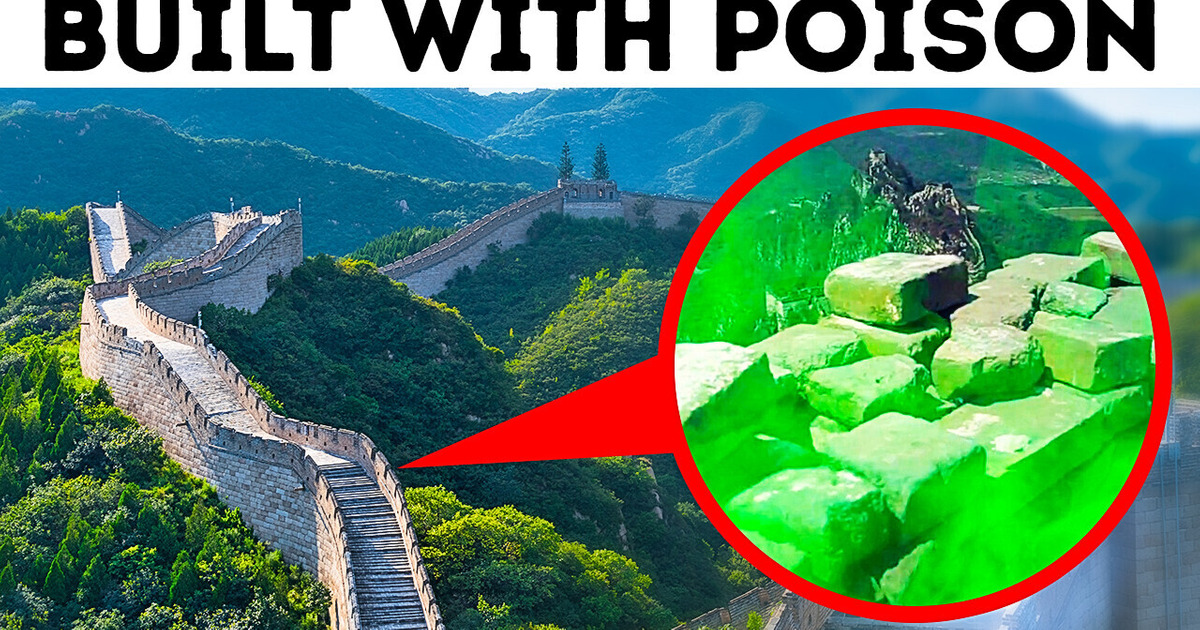
No, you can’t see the Great Wall of China from space. It’s a cool myth, but it’s still a myth and has nothing to do with reality. NASA confirmed it, and now you know it too. Still, the wall is a magnificent place, and you’re lucky today: I’m taking you there, so fasten your seatbelts.
We’re going to China — the biggest Asian country, the third biggest country in the world; and, with over 1.3 billion people living there, is still the most populated one. Even though India is getting closer and will probably take the first place soon. China is also one of the oldest nations in the world — it has 3,500 years of continuous written history, but the civilization existed long before that!
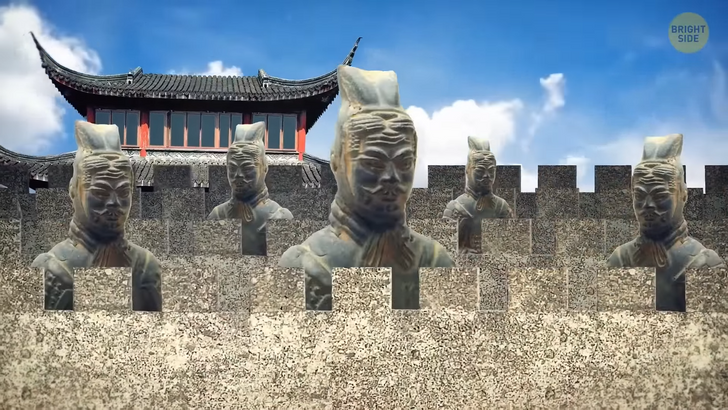
Historians believe that China wasn’t populated by settlers that came from somewhere else — the Chinese civilization most likely got formed from local Stone Age people, who lived on the territory since the prehistoric period. So, no wonder that the country is full of history and ancient landmarks, and I’ll show you a couple.
We are at the Great Wall. It’s over 13,000 miles long — almost five times the distance between New York and Los Angeles. Or a bit longer than the distance between North and South Poles. This is impressive even today. Of course, it didn’t take a day to build it. In fact, the wall was being built for centuries.
Maybe you know that ancient cities had walls around them to protect the locals from the invaders? Yes, Chinese cities had them too. The first Chinese Emperor united the country in 220 BC and got a brilliant but very ambitious idea: to turn all city walls into one big wall that would defend the country’s borders. So, the process started. In the beginning, the wall was made of rammed earth and wood.
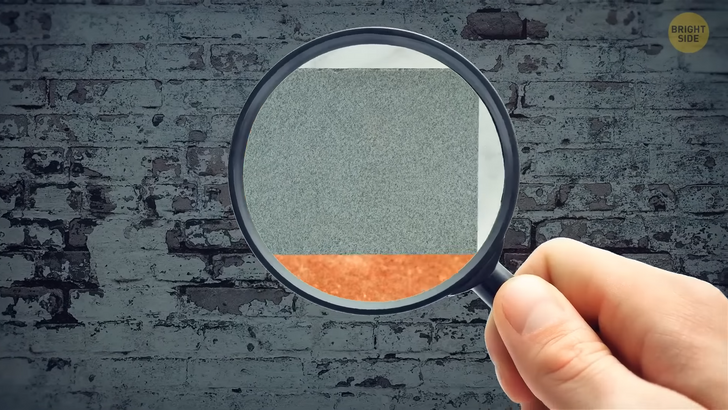
Every next emperor would pick up the big wall project, strengthening and extending it, repairing, but also modernizing construction techniques. Some used bricks to build the wall, some moved on to granite and marble blocks. Watchtowers and platforms weren’t there from the beginning as well: they were added 19 centuries after the construction started. So, the wall is quite inconsistent in terms of material, but it only adds more charm to the construction and shows how much effort and time it took.
You can notice that some bricks have writing carved on them — they were left by the workers who were building the wall. The purpose of those writings is quality assurance: they contain such information as location, quantity, and responsible officials. So, in case of problems with the quality of materials or constructions, it would be known who was responsible for that.
Also, mind that the wall is poisonous. To prevent erosion of the wall by insects, arsenic — a poisonous chemical element — was used in construction. So better not lick it in case you had this weird urge.
The construction stopped at the end of the 19th century because the wall lost its strategic and military importance in the world due to technological advances. Walls are way less efficient than they used to be, coming close to zero efficiency. So, the construction lasted over 2,000 years, still making it the longest construction project in the world.
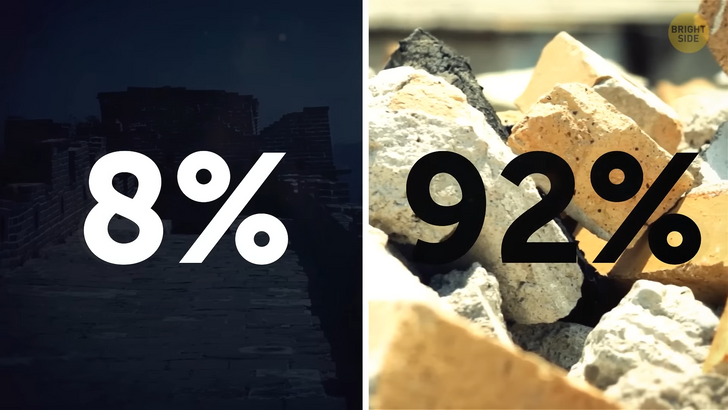
Unfortunately, today the Great Wall isn’t in its best shape. It is estimated that only 8% of the wall is in good condition, and the rest is considerably damaged. Also, around 1/3 of the wall has disappeared without a trace due to both natural erosion and human damage. Also, many bricks were taken away from it in the last century, to use in building farms and homes.
The wall is being deconstructed stone by stone even today, but this time by tourists: quite a few of them take a stone as a souvenir. That’s a total of a lot of stones, considering that over 50 million tourists visit the great wall every year. So, we’re not taking a souvenir from our today’s trip, just preserving the memories.
Let’s now pay a visit to the Forbidden City. It’s an imperial palace that took 16 years to build and was completed 600 years ago. To this day, it’s the largest palace in the world: it has 980 buildings and over 8,000 rooms. Why forbidden? Well, centuries ago ordinary people like you and me couldn’t just walk the streets of that town, since it was considered a divine place and was home to the emperor. No one could enter or leave the city without the emperor’s permission.
Today, the Chinese more often refer to it as “Former Palace” — but, of course, in Chinese. I just can’t pronounce that. The designs there aren’t random at all: the details reflect the traditional Chinese architecture and even the colors are chosen with the help of Feng shui. The roofs in the city are yellow, which represents the supreme power of the emperor. Most walls and pillars of the city are red, representing fire, earth, and strong support.
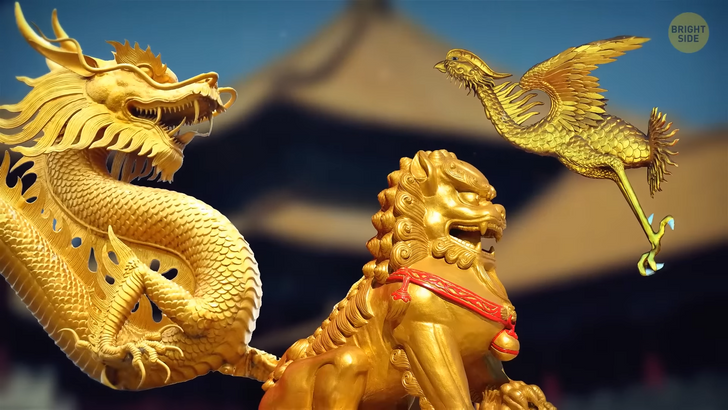
The floors there are made of so-called “gold brick”. These are not actual gold, but, surprisingly, they are just as valuable. It’s very hard to make them, and especially to copy the ancient technique. Two original tiles from the Forbidden City were sold for 800,000 yuan — it’s 115,000 US dollars!
You can also see animal statues on roofs — just like colors, animals have meaning in Chinese culture. Dragons, phoenixes, and lions are the most powerful ones. Dragons symbolize strength and good luck and are crucial for the culture. They appear everywhere: in idioms, legends, astrology, art, and so on. In ancient China, Emperors were considered sons of dragons (so, it seems like the Targaryens aren’t the only ones, after all), and ordinary people weren’t even allowed to have items with dragons.
As for a phoenix, in Chinese mythology, their rare appearance during the ascent to the throne of a new emperor is a good sign of harmony. In Feng Shui, it is also a symbol of luck, and when used correctly, it is believed to bring positive energy to the house. Lions signify strength and power. They always come in pairs: a male and a female, and they are the guards. The number of animal statues on the roof signifies the importance of the building.

The city is made of wood and without any nails used — they are considered violent, and so they aren’t welcome. You can imagine that a wooden city is a serious fire hazard. A little fire — and the city with a 6-century history will quickly turn to ashes. So, fire prevention is taken very seriously there. The city has a whole bunch of firefighting equipment, and there’s even a special fire brigade that knows the whole layout of the city better than their own apartment and watches the city every day.
Walking around the city, you can notice something very unusual: no birds are sitting on the roofs here, ever. When it was built, the birds were taken into account, and the engineers constructed the roofs in a particular way to ensure that no bird can land and sit on them. The roof spines are wider than the width of birds’ claws, and the slope of each roof is higher. Also, the roofs are made of slippery tiles, so the birds can’t land there. What do they have against the birds? Well, this way the city stays cleaner and looks more magnificent.
So, there are no birds, but there are over 100 cats in the city. They actually are an important part of this story. Some of these kitties are royal descendants. You see, two royal dynasties that lived in the city kept cats. The dynasties later collapsed, but the cats stayed in the city and have lived there ever since. Of course, some stray cats have joined the royalty over the years. But hey, no one minds it, and no DNA test has been made to see who’s royal and who’s not. After all, they all equally patrol the city, haunt mice (and possibly some stranded birds) and guard the city. So, all cats are welcome.
Comments
Related Reads
I Refused to Have My Boyfriend’s Son’s Birthday at Our Place — Now I’m Banned From the Party

My Friend Uninvited Me From Her Baby Shower Last Minute and Then Got Mad at My Reaction

My Husband Wants a Divorce, Yet Insists We Keep Living Together With His Mistress

Mom’s Huge Baby Bump Has People Guessing She’s Having Eight Babies

15 Stories That Prove Kindness Quietly Heals What the World Breaks

10 Stepchildren Who Opened Their Hearts to Welcome Another Parent

I Refuse to Sacrifice My Life to Care for My Sick Grandmother — I’m Not a Doormat

I Said I’m Child-Free, and My Coworker Ran Straight to HR

My Boss Tried to Ruin My Christmas Plans—I Got the Last Laugh

15 Landlords Whose Logic Is So Bizarre, Their Tenants Were Left Speechless
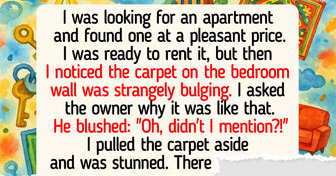
10 Travelers Who Took “Breaking the Rules” Way Too Far

I Got Fired the Day Before My Vacation—And HR’s Policy Was Their Biggest Mistake
